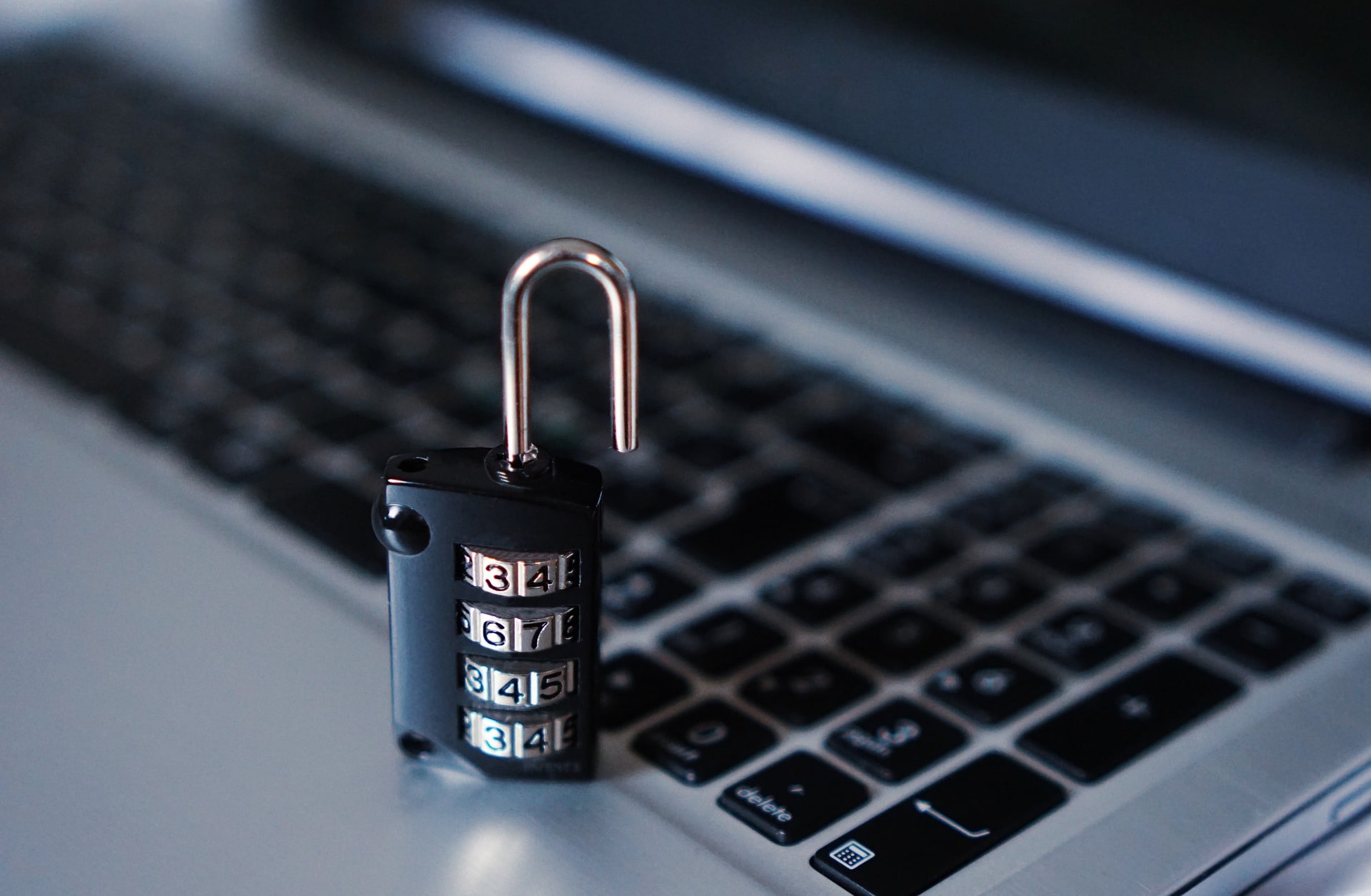
Top Ten Wireless Security Practices to Protect Your Computer
By Adedayo Oyetoke, Published on: December 29th 2023 4 min, 678 word Views: 875
In today's digital age, wireless networks have become an integral part of our daily lives. From homes to businesses, the convenience of wireless connectivity has revolutionized the way we work, communicate, and access information. However, with this convenience comes the risk of security threats that can compromise the safety of our personal and sensitive data. In this blog, we will explore the top ten wireless security practices to protect your computer and ensure a safe and secure online experience.
1. Use Strong Encryption:
One of the fundamental steps in securing your wireless network is to use strong encryption protocols such as WPA2 or WPA3. Encryption scrambles the data transmitted over your network, making it unreadable to unauthorized users. Avoid using outdated encryption methods like WEP, as they are vulnerable to security breaches.
2. Change Default Passwords:
Many wireless routers come with default usernames and passwords, which are widely known and easily exploitable by hackers. Change these default credentials to unique, strong passwords that include a combination of letters, numbers, and special characters. This simple step can significantly enhance the security of your wireless network.
3. Enable Network Firewall:
Most wireless routers come with built-in firewalls that act as a barrier between your network and potential threats from the internet. Ensure that your firewall is enabled and properly configured to filter incoming and outgoing traffic, thereby protecting your network from unauthorized access and malicious attacks.
4. Update Router Firmware:
Manufacturers regularly release firmware updates for wireless routers to address security vulnerabilities and improve performance. Stay proactive by regularly checking for firmware updates and installing them to ensure that your router is equipped with the latest security patches.
5. Disable SSID Broadcast:
The Service Set Identifier (SSID) is the name of your wireless network that is broadcast to nearby devices. By disabling SSID broadcast, you can make your network less visible to potential intruders, adding an extra layer of security. While this may not be foolproof, it can deter casual attempts to access your network.
6. Implement MAC Address Filtering:
Every device that connects to a wireless network has a unique Media Access Control (MAC) address. By enabling MAC address filtering on your router, you can specify which devices are allowed to connect to your network based on their MAC addresses. While MAC address filtering is not airtight security, it can help prevent unauthorized devices from accessing your network.
7. Use Virtual Private Network (VPN):
A VPN creates a secure, encrypted connection over the internet, effectively masking your online activities from prying eyes. When using public Wi-Fi networks, such as those in cafes or airports, employing a VPN adds an extra layer of security by encrypting your data and protecting it from potential eavesdropping.
8. Regularly Monitor Network Activity:
Keep an eye on the devices connected to your wireless network and be vigilant for any suspicious or unauthorized activity. Most modern routers provide the option to view a list of connected devices, allowing you to identify and address any unauthorized access promptly.
9. Secure Your Devices:
In addition to securing your wireless network, it's crucial to ensure that the devices connected to it are also protected. Install reputable antivirus and anti-malware software on your computers and mobile devices, and keep them updated to defend against the latest security threats.
10. Educate Yourself and Others:
Knowledge is a powerful tool in the fight against cyber threats. Stay informed about the latest security best practices and educate others in your household or workplace about the importance of wireless security. Encourage the use of strong passwords, safe browsing habits, and the cautious sharing of sensitive information online.
In conclusion, safeguarding your wireless network is essential in today's interconnected world. By implementing the top ten wireless security practices outlined in this blog, you can significantly reduce the risk of unauthorized access, data breaches, and other security threats. Remember, proactive measures and ongoing vigilance are key to maintaining a secure and reliable wireless environment for your computer and connected devices. Stay safe, stay secure, and enjoy the benefits of wireless connectivity with peace of mind.
